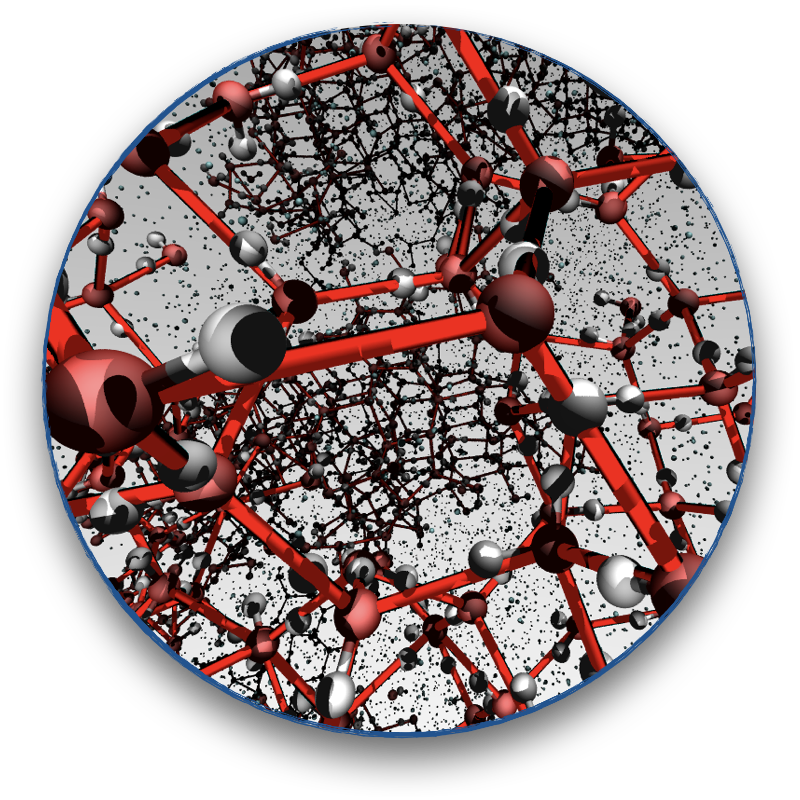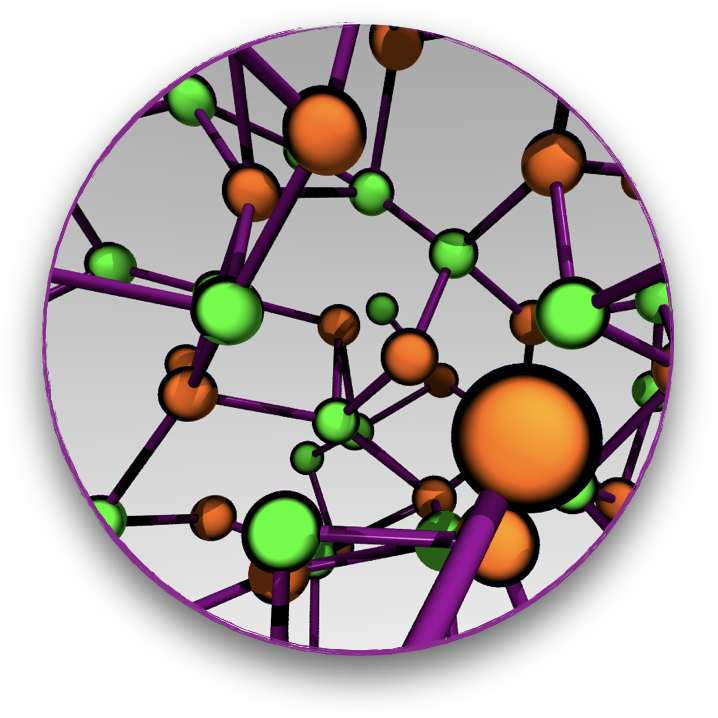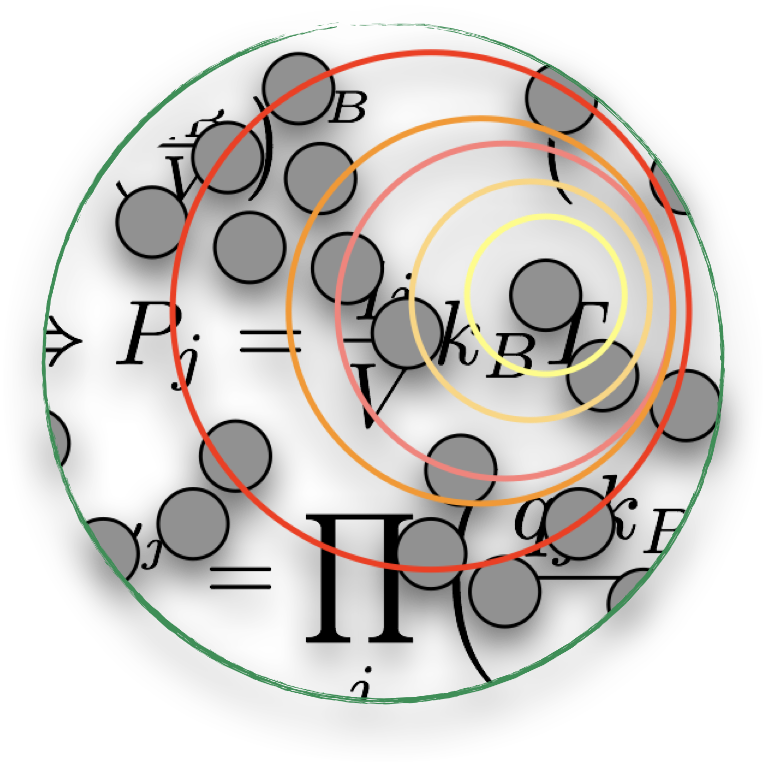Ice Formation in Soft and Biological Matter
The formation of ice in soft and biological matter plays a very important role in atmospheric science, in the food industry, in cryiobiology and the biomedical sciences, in particular the cryopreservation of blood and tissues. And yet, why and how exactly ice forms/percolates on/through e.g. cellular membranes is still largely a mystery. We seek to unravel this enigma by means of molecular simulations, taking advantage of a range of enhanced sampling techniques. This is highly multidisciplinary research that involves collaborations with several computational, experimental and non-academic partners, based both in Warwick (e.g. Prof. Matthew Gibson, Department of Chemistry and Warwick Medical school) and elsewhere (e.g. Dr. Heather Knight, Department of Biosciences, Durham University).
Relevant References: Sosso, G.C., et al. (2016). Crystal Nucleation in Liquids: Open Questions and Future Challenges in Molecular Dynamics Simulations. Chem. Rev. 116, 7078–7116. Link

Phase Transitions

Disordered Systems
Nanocavities in Disordered Systems
Liquids and amorphous solids are characterised (to a very variable extent) by the presence of voids – regions of empty space more or less uniformly distributed. Investigating the properties of these cavities is important, because they affect many functional properties of the system. For example, the energy needed to create a cavity of a given size and shape in water is directly related to solvation, and voids in seminconducting glasses rule their transport properties (such as electrical as well as thermal conductivity). In collaboration with Dr. Ali Hassanali (The International Centre for Theoretical Physics, Trieste, Italy), we have developed a computational framework that allows us to investigate cavities of arbitrary shape and size in disordered systems – and we are keen on putting these algorithms to the test by looking into the topology of e.g. water and glassy electrolites.
Relevant References: Sosso, G.C., et al. (2017). On the Role of Nonspherical Cavities in Short Length-Scale Density Fluctuations in Water. J. Phys. Chem. A 121, 370–380. Link
Enhanced Sampling Methods and Order Parameters for Crystal Nucleation
Where does disorder end, and when does order begin? At the molecular level, more often than not is hard to tell. Think of a crystalline seed embedded in a liquid: how can we determine which molecules belong to the seed and which ones to the liquid? Is there anything in between the two phases? In order to answer these question we need so-called order parameters, mathematical objects that help us in e.g. discriminating one phase from the other. But there is more. Order parameters stand at the very heart of enhanced sampling methods, that is those computational frameworks that allow us to “speed up” our simulations in order to e.g. observe a crystalline seed nucleating from a liquid phase (something that it will take way too long to simulate by means of conventional techniques). This is an ever-growing field of the greatest relevance for computational scientists – and we are keen to make a contribution, together with the long-standing expertise of Dr. Gareth Tribello (Queen’s University Belfast) and Dr. Matteo Salvalaglio (University College London).
Relevant References: Tribello, G.A., Giberti, F., Sosso, G.C., Salvalaglio, M., and Parrinello, M. (2017). Analyzing and Driving Cluster Formation in Atomistic Simulations. J. Chem. Theory Comput. 13, 1317–1327. Link

Computational Methods
In the pipeline
- The physical chemistry of B-doped amorphous Carbon
- Mapping the free energy of solvation of complex hydrophobic solutes
- Colored graphs & Gaussian Processes: a strategy for drug design
- The nucleation of calcium sulphate in nano-confined environments
- Ice binding proteins: structures in search of a function








